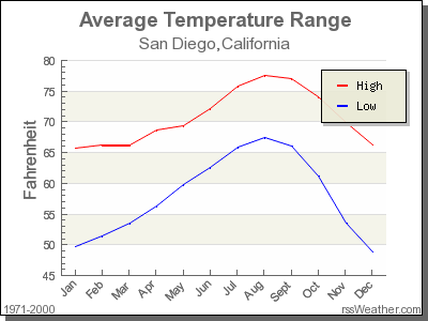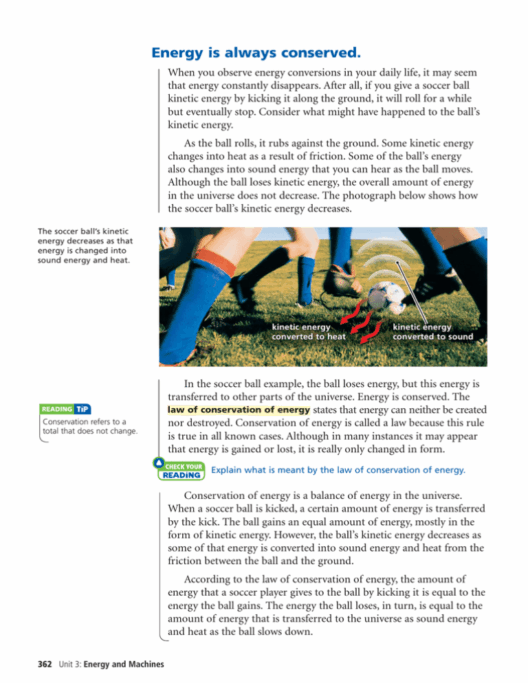San Diego, a coastal gem nestled in Southern California, boasts a climate that many describe as a perpetual spring. The confluence of geographical advantages—specifically its proximity to the Pacific Ocean and the surrounding mountain ranges—contributes to an inviting, temperate climate. This unique meteorological profile not only influences the local environment but also enriches the daily lives of its inhabitants and visitors.
San Diego’s climate is classified as Mediterranean, characterized by mild, wet winters and warm, dry summers. This classification is crucial for understanding the seasonal transitions that define the region. The average annual temperature hovers around 70°F (21°C), making it an appealing destination year-round. The predictability of San Diego’s weather is one of its strongest appeals, with a mere few rainy days scattered throughout the year.
The coastal air significantly mitigates the extreme temperature fluctuations often found in inland areas. Oceanic breezes, particularly from the west, help to maintain moderate temperatures. Moreover, the Pacific Ocean plays a pivotal role in regulating climate patterns, providing a cooling effect during hotter months. As a result, the summer temperatures rarely exceed the mid-80s°F (mid-30s°C).
Seasons in San Diego are subtly distinct. Winter months typically see average highs of 65°F (18°C) and lows around 50°F (10°C). Rainfall is largely confined to this period, with February registering the highest averages. However, this precipitation is infrequent, amounting to approximately 10 inches annually, thus fostering the notion of San Diego as an arid oasis.
Spring and fall in San Diego are particularly charming, enveloping the city in pleasant conditions that straddle warmth and coolness. Spring ushers in an array of wildflowers, further enlivened by the mild weather. The fall, conversely, often displays a phenomenon known as “Indian summer,” characterized by a late season warm spell that defers the onset of cooler winter temperatures.
Santa Ana winds, a notable climatic event, frequently occur during the fall and winter months. These strong, dry winds lead to rapid increases in temperature and decrease in humidity, often resulting in elevated fire dangers. While the effects can be hazardous, they also accentuate the beauty of the landscape, making for stunning sunsets painted in vibrant hues.
Microclimates are another intriguing aspect of San Diego’s geography. The city is home to approximately 7 distinct microclimates, each exhibiting variable climatic conditions influenced by altitude and proximity to the ocean. Areas near the coast experience cooler, more humid conditions, whereas the inland regions tend to be hotter and drier. This diversity allows for an astonishing variety of flora and fauna, contributing to San Diego’s rich biodiversity.
In coastal areas, you’ll find thriving marine life and diverse ecosystems ranging from tide pools to kelp forests. These environments are heavily influenced by water temperatures, which averagely fluctuate between 55°F (13°C) and 70°F (21°C) depending on the season. Conversely, the inland valleys often give rise to chaparral habitats that support shrubland dominated by sage and scrub oak, adapting skilfully to the region’s climatic nuances.
As global climate change continues to evolve, understanding San Diego’s climate dynamics becomes ever more crucial. Increased temperatures, erratic precipitation patterns, and altered weather events pose potential threats to the delicate ecosystems and human activities alike. Coastal erosion, seawater intrusion, and water supply challenges are emerging as significant concerns. Thus, it is essential to remain vigilant about conservation efforts and sustainable practices that can mitigate the effects of climate change.
San Diego stands at the forefront of environmental activism, with local initiatives focused on diversifying water sources, improving energy efficiency, and promoting sustainable transportation. City residents are increasingly stepping up to confront climate challenges head-on, fostering a culture rooted in ecological awareness and responsibility. The burgeoning emphasis on renewable energy—particularly solar power—highlights a concerted effort to diminish carbon footprints and foster a greener future.
To facilitate informed discussions surrounding climate issues, it is important to engage with local organizations, researchers, and community members who are passionate about ensuring the preservation of San Diego’s idyllic climate and environment. Participatory events, from beach cleanups to tree planting, serve as vital avenues for citizens to contribute positively to their neighborhoods, while simultaneously fostering a deep-rooted sense of communal responsibility.
Ultimately, the climate in San Diego is not just a geographical curiosity; it is an intrinsic facet of life that inspires action and discourse about the environment. The city’s balmy conditions not only promote outdoor lifestyle choices but also draw attention to the pressing need for climate consciousness. In this enduring competition between nature and humanity, the call for balanced coexistence has never been more urgent, highlighting the importance of environmental stewardship committed to preserving this “perpetual spring by the sea.”
As you explore San Diego, take a moment to appreciate the climate and the diverse ecosystems it nurtures. Celebrate the blissful weather, but also recognize the responsibility that accompanies it. Each step taken towards sustainability is a stride toward safeguarding the natural beauty that defines San Diego’s exquisite climate.






